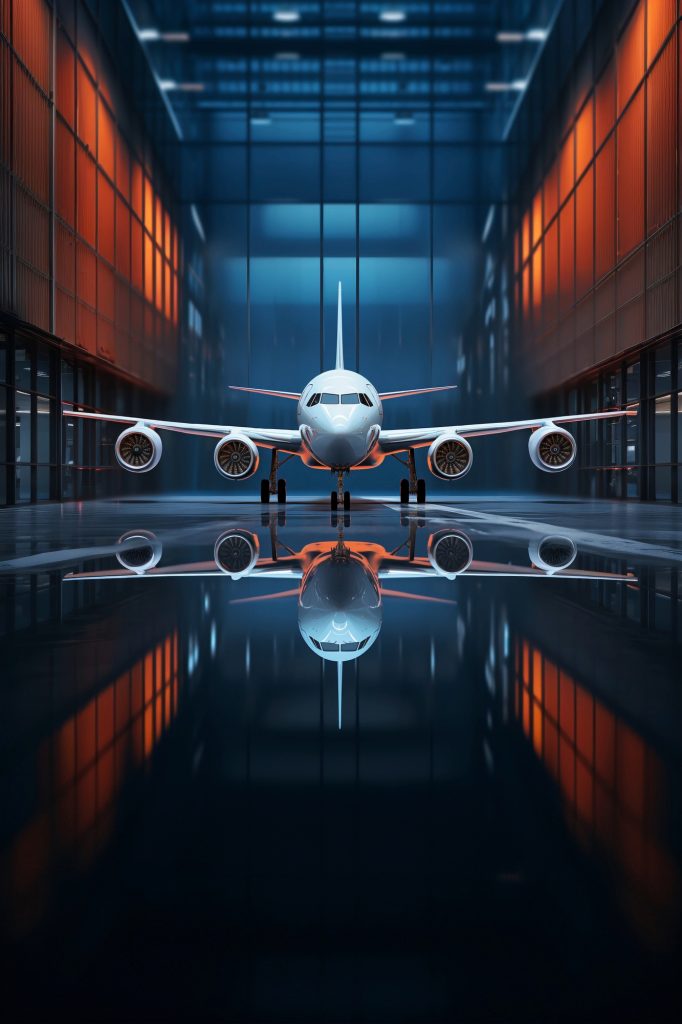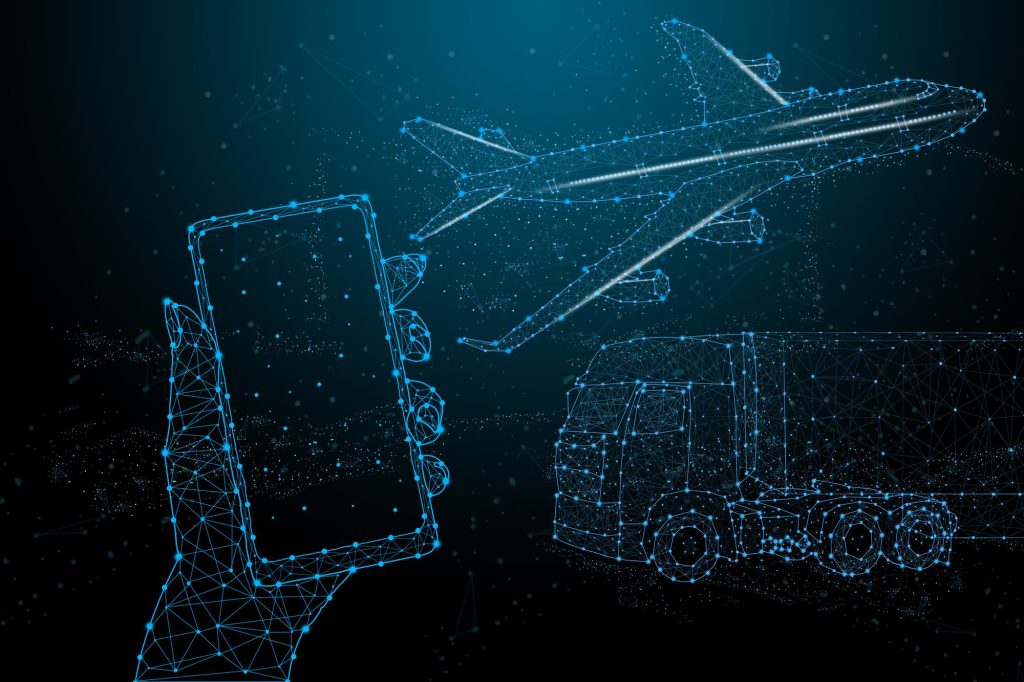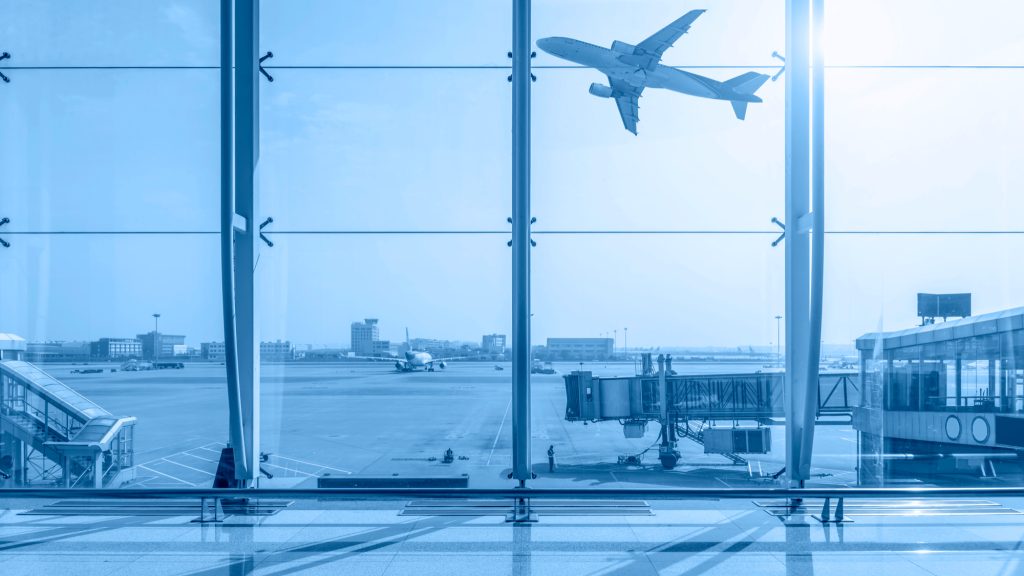Air travel has exploded in recent decades, with over 4 billion passengers flying in 2021 compared to just 310 million in 1970. This meteoric growth has put immense strain on airport infrastructure and operations worldwide. As passenger volumes continue rising, innovative solutions are needed to handle complex airport processes efficiently.
Artificial intelligence (AI) has emerged as a game-changing technology for the aviation industry. AI-based systems are already streamlining operations, enhancing security, optimizing costs, and revolutionizing the passenger experience. As AI capabilities advance, future airport management will inevitably shift towards fully automated, intelligent systems for smooth functioning.
The Need for Intelligent Management
Airports have multifaceted operations spanning ticketing, baggage handling, security checks, customs control, and various other processes. Efficient coordination between these functions is vital but increasingly difficult with surging traffic. Minor issues can cascade into major bottlenecks or delays.
Additionally, passenger satisfaction depends heavily on service quality and waiting times. As volumes rise exponentially, managing queues and peak loads is critical. Infrastructure constraints also necessitate optimal resource allocation between airlines and terminals.
AI-based systems offer an ideal solution through:
● Real-time data collection and analytics identifying pressure points
● Accurate forecasting of passenger loads using predictive analytics
● Automated coordination between processes like check-in and security
● Optimized resource allocation across airlines and terminals
● Personalized services and effective customer support platforms
By leveraging the data crunching and analytical capabilities of AI, airports can achieve new levels of coordination and optimization. Intelligent automation will allow future airport management systems to handle exponentially rising demand without compromising service quality or efficiency.

Current Applications of AI
While a fully automated airport operations network may still be some years away, AI and machine learning have already been deployed for various point solutions. Some current applications include:
Intelligent Video Surveillance
Computer vision algorithms help detect bottlenecks and suspicious activity through extensive camera networks, allowing timely response. Face recognition has also been introduced.
Chatbots
Conversational AI provides passenger support and query handling through chatbots available via websites and mobile apps.
Baggage Handling
AI directs autonomous vehicles to transport baggage between counters and aircraft. RFID tags track bags in real-time.
Preventive Maintenance
Predictive analytics examines data from sensors installed across airport infrastructure to forecast maintenance needs and prevent outages.
Check-in & Passenger Processing
Automated check-in kiosks with natural language processing and biometric authentication provide greater self-service options to waiting passengers.
Artificial Intelligence Vision for Airport Management
Essentially, the end goal for AI adoption is an integrated airport management ecosystem where interconnected smart systems seamlessly coordinate the entire airport experience.

Envision a passenger-centric system with touchpoints across the journey:
● Flight booking and personalized digital travel planning
● Biometric-enabled entry and automated check-in
● Smart luggage robots directing bags between counter and aircraft
● Predictive analytics optimizing queues and processes across terminals
● AI video analytics for risk-based screening and rapid response
● Chatbots handling queries and providing guidance across the airport
● Automated exits and baggage collection using computer vision
Supporting it all is an integrated data analytics network with an AI brain coordinating between airport systems and functions. The AI oversees terminal and gate allocations, optimizes staffing, identifies choke points in real-time, manages overlays and diverts, allocates equipment like lifts and tugs, and dispatches emergency response units.
Rather than siloed automation across discrete systems, the goal is holistic intelligence across all airport operations through a central AI platform that coordinates with situational awareness between processes.
Benefits Over Current Infrastructure
An integrated AI for seamless airport operations provides multiple benefits:
- Triple or even quadruple existing airport capacity, essential for meeting rising demand without expanding land area
- Reduce passenger wait times through automated coordination of queues and processes
- Enhance traveller experience with personalized services like chatbots and luggage robots
- Improve satisfaction levels through proactive assistance, updates and intelligence coordination by the AI brain
- Optimize resource allocation with predictive analytics for capacity planning tied into bookings
- Decrease operational expenses through energy conservation guided by smart systems
- Minimize process failures like baggage mishandling through automated coordination
- Respond rapidly to emergencies with centralized intelligence identifying incidents and dispatching assistance
The AI vision for airport management is geared around enabling existing infrastructure to handle surging traffic through optimized coordination without compromising costs or service levels.
Challenges in Adopting AI Management
Transitioning fully to automated airport management via AI poses technological and adoption challenges including:
● Lack of data sharing protocols and trust between discrete systems like check-in and baggage handling currently impeding cohesive coordination between airport processes
● Difficulty processing and making predictions from heterogeneous data formats across airport systems stunting analytics
● Cybersecurity vulnerabilities around integrating external ecosystem partners into the AI data network
● Cultural resistance among airport personnel towards reliance on AI for managing operations integration with humans crucial for acceptance
● Ethical risks of algorithmic bias or inaccuracies resulting from faulty preliminary data or programming logic transparency key
● High capital expenditure requirements for revamping entire airport infrastructure with smart interconnected systems
● Compliance overhead arising from evolving regulations around AI use for automated decision systems
Addressing these challenges requires a focused organizational change management initiative with extensive staff education programs highlighting benefits and safeguards in the AI transition. It also needs concerted standards efforts around secure data integration, along with modular pilots demonstrating incremental successes before large scale automation.
Structuring Gradual Changeover for Airport AI
Comprehensively transforming entire airport operations networks may be unrealistic in one instant shift. Structuring the transition through incremental building blocks can mainstream adoption:
- Open AI Platform: First build an open data platform for information exchange under common data protocols, enabling third-party innovation through APIs
- Automated Experts: Introduce AI solutions for discrete tasks like chatbots for passenger queries or computer vision algorithms to enhance predictive video analytics capabilities
- AI Coordination: Once standalone solutions demonstrate capability, focus on getting systems like check-in and baggage handling to coordinate flows and handoffs leveraging the open data network
- Airport AI Brain: With improved coordination between operations, introduce an AI “brain” with situational awareness across all systems, able to highlight pressure points and mitigate failures through centralized control. Initially function as a recommendation system before transitioning fully to automated oversight.
This incremental approach can power cultural acceptance while providing each building block to progress towards the end-state of holistic airport intelligence.

The Road Ahead
From automated checkpoints to smart luggage robots, AI promises profound metamorphosis for airport operations. An integrated airport AI sits at the horizon offering enhanced capacity, lower costs, improved experience and stronger resilience even with exponentially growing passenger volumes.
Realizing this vision needs convergence across airport systems, airlines partners, governmental agencies and technology innovators to collectively embrace data-sharing and intelligent automation. It calls for open platforms allowing incubated solutions to ultimately meld into a cohesive whole.
With collaborative action, the next decade will witness rapid maturation of airport analytics, systemic coordination and eventually, an AI setting the tempo for a seamless, stress-free and captivating airport experience. The sky need not be the limit for tomorrow’s travelers when intelligence takes flight.
Copyright©dhaka.ai
tags: Artificial Intelligence, Ai, Dhaka Ai, Smart Airports, Ai In Bangladesh, Ai In Dhaka, USA



